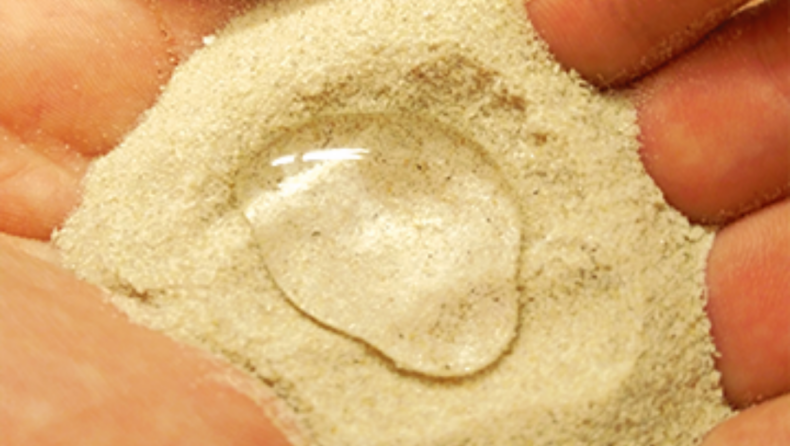Every year, corps are destroyed for a variety of reasons, one of which is a lack of water.
Especially in regions like North Africa, the Sahelian region, and Africa south of the Equator, which have particularly arid zones, farmers have to use different irrigation techniques such as burring networks of irrigation tubes and covering the ground with plastic sheets, but these are less useful and more harmful as they are expensive and create waste.
But now, scientists have discovered a new way to save farmers from all the hassle. According to a study published in ACS Agriculture Science & Technology, this new ground cover checks all the boxes: it is inexpensive, biodegradable, keeps the soil moist, and enhances crop yields.
Situation prior to the discovery.
Farmers usually use the nearby waterways and underground aquifers as their primary sources of water for irrigation of crops. But this is also a challenge in arid areas where the main component of soil is sand, which has poor water retention properties.
It is believed that a way to boost the efficiency of irrigated water is by using ground covers such as plastic sheets, as these can help the water stay in the ground until plant roots absorb it.
Earlier studies have shown that these covers slow down the evaporation process, which in turn boosts plant growth and crop yield.
However, there were certain drawbacks to this technique. It can percolate some unwanted compounds into the soil, which can lead to a long-term footprint.
What inspired this discovery?
Certain plants and animals create waxy compounds that capture and pool water from fog or condensation, allowing them access to these sources of moisture.
Himanshu Mishra and colleagues were inspired by this natural phenomenon and wanted to explore if they could coat sand with wax, thereby creating an environmentally benign ground cover that would help manage soil evaporation.
Purified paraffin wax was the ideal candidate for this experiment as it is extremely water repellant and also due to its biodegradable properties and its availability in a large amount. The experimenters began by dissolving pure paraffin wax in hexane, followed by pouring silica sand or industrial sand into the mixture.
The team of experimenters observed that as the solvent hexane evaporated with time, a layer of wax that was 20 nm thick was formed on the grains of sand. The researchers used wax-coated sand to reduce soil moisture loss by 50–80 percent in an open field in Saudi Arabia.
In field studies, it was shown that tomato, barley, and wheat plants mulched with the novel substance produced far more fruit and grain than plants cultivated in bare soil.
Additionally, the waxy mulch had no detrimental effect on the microbial community surrounding the plants’ roots and in the soil, which could have served as a food supply for some of the bacteria.
According to the researchers, this basic nature-inspired device could improve the efficiency of water use in arid places.
Published By: Manan Khurana
Edited By: Khushi Thakur













